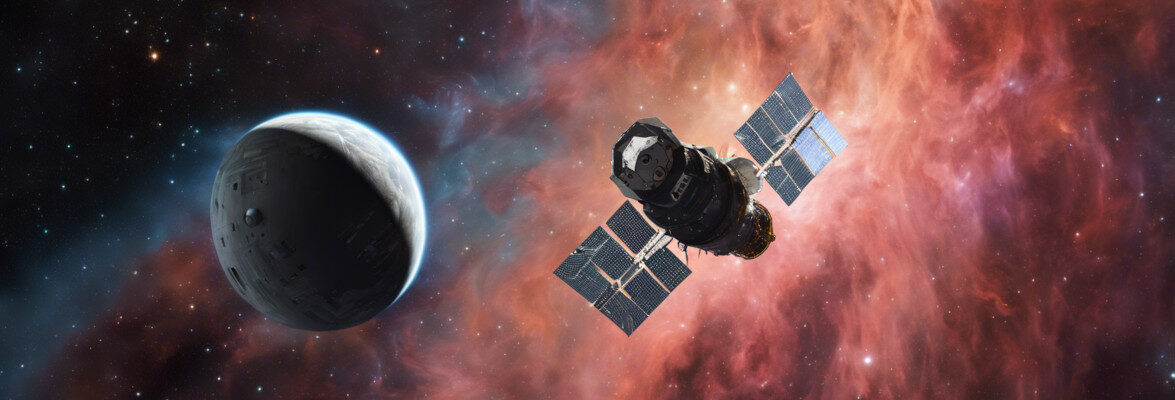
A few hours ago, Northrop Grumman’s Cygnus spacecraft blasted off atop an Antares rocket from the Mid-Atlantic Regional Spaceport (MARS), part of NASA’s Wallops Flight Facility (WFF) on Wallops Island. After about nine minutes it successfully separated from the rocket’s last stage and went en route to its destination. This is the mission called NG-19 or CRS NG-19 to transport supplies to the International Space Station for NASA.
This Cygnus spacecraft was named S.S. Laurel Clark (1961 – 2003), the late NASA astronaut who traveled on the Space Shuttle Columbia on its mission STS-107 and was among the victims of the orbiter’s destruction during its re-entry. It transports a total of about 3,785 kg (8,344 lbs.) of cargo, including 1,590 kg (3,505 lbs.) of various types of supplies for the crew, 948 kg (2,089 lbs.) of hardware and the rest in equipment and various components.
Among the experiments aboard this Cygnus space freighter is Saffire-VI, the last in the Spacecraft Fire Experiments (Saffire) series. As in the previous cases, when the Cygnus leaves the International Space Station, the last experiment on the behavior of a fire in microgravity will be conducted in conditions of total safety.
Neuronix is one of many medical experiments, in this case, related to various neurological diseases ranging from Alzheimer’s to Parkinson’s and including different forms of paralysis. The aim is to demonstrate the formation of 3D neuron cultures in microgravity and to test specific gene therapy for neurons.
ESA’s Multi Needle Langmuir Probe (m-NLP) investigation concerns the environment, in the sense that it aims to monitor plasma densities in the ionosphere, the area of the Earth’s atmosphere at the boundary with space. An instrument in orbit can offer more accurate measurements, useful to understand how plasma structures can interfere with satellite systems such as GPS.
The Cygnus spacecraft is scheduled to reach the International Space Station next Friday to be captured by the Canadarm2 robotic arm around 9.55 AM UTC. If there are no problems, the day after the arrival of the Cygnus the crew will open the hatch and start unloading its cargo.
This mission is the last one conducted using the current version of the Antares rocket. The Ukrainian-made first stage and the use of Russian engines force a major redesign. Northrop Grumman already signed an agreement with Firefly Aerospace for the construction of the new first stage, which will use Miranda engines and other technologies developed for its own rocket as well. The debut is scheduled to take place in 2025 and in the meantime, the Cygnus space cargo ship will be launched atop SpaceX’s Falcon 9 rocket.

